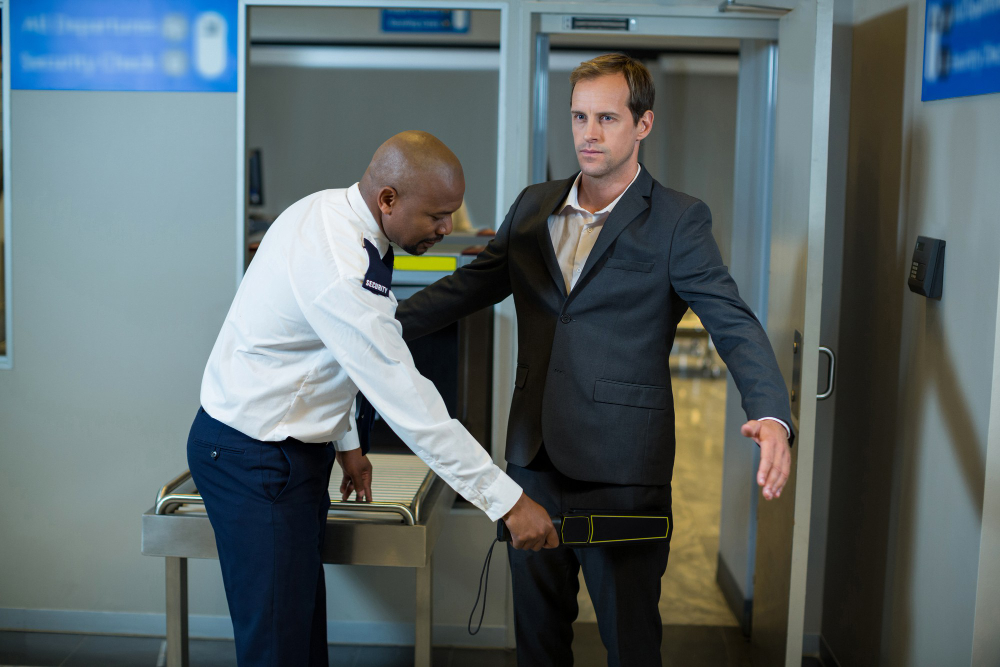
Workplace safety is no longer just about following basic compliance checklists or installing a few cameras at entry points. In today’s fast-paced digital era, organizations are turning to advanced technologies to create safer, smarter, and more productive work environments. With the rise of automation, AI-driven systems, and connected platforms, businesses now have access to tools that can proactively prevent risks, reduce accidents, and safeguard both employees and assets. Whether it’s a small office, a large manufacturing unit, or a logistics hub, modern technology is transforming the way companies think about safety.
Understanding the Shift Toward Tech-Driven Safety
Traditionally, workplace safety relied on manual monitoring, physical audits, and reactive measures. While these methods were useful, they often left gaps that could result in costly accidents. Modern technology, however, introduces a proactive approach. From smart sensors and wearable devices to real-time monitoring systems, businesses now have solutions that can predict hazards before they escalate. This shift not only saves lives but also reduces downtime and boosts overall productivity.
The Role of Automation and AI in Workplace Safety
Artificial Intelligence and automation are at the heart of modern safety practices. Smart AI systems can process huge amounts of data, identify patterns, and raise alerts before risks become incidents. For instance, AI-enabled cameras can detect unusual behavior, such as unauthorized access to restricted areas or unsafe worker movements, and send instant alerts to security personnel. Similarly, automated fire detection and suppression systems can respond faster than human intervention, minimizing potential damage.
Another major advancement is the use of predictive analytics. By analyzing data from past incidents and daily workplace operations, AI can forecast areas of risk and recommend preventive measures. This reduces guesswork and allows companies to act with confidence when it comes to safety planning.
How Wearables and IoT Devices Enhance Protection
The Internet of Things (IoT) has made it possible to connect everyday workplace equipment and employee devices into a single safety ecosystem. Wearable technologies such as smart helmets, wristbands, and connected vests can monitor a worker’s vital signs, fatigue levels, and exposure to harmful gases or extreme temperatures. In industries such as construction, mining, and manufacturing, these tools are lifesaving, as they give real-time updates about the worker’s condition and environment.
IoT devices also play a critical role in asset safety. Smart sensors can monitor the performance of heavy machinery, detect malfunctions, and even shut down equipment automatically to prevent accidents. This not only reduces the chances of injury but also extends the lifespan of expensive equipment.
Strengthening Security with Smart Surveillance
Modern workplace safety also extends to physical and digital security. With rising concerns about theft, cyberattacks, and unauthorized access, businesses are adopting advanced surveillance systems powered by AI and cloud computing. The role of technology in modern surveillance is significant, it enables real-time monitoring across multiple sites, facial recognition for access control, and automated alerts that reduce reliance on human monitoring alone.
Cloud-based surveillance systems further allow managers to access live feeds remotely, ensuring round-the-clock vigilance. When combined with cybersecurity measures, these systems create a strong safety net for both physical and digital assets, making workplaces more resilient against evolving threats.
The Benefits of Using an Integrated Approach
Relying on a single safety tool is no longer enough. Businesses are realizing the benefits of combining multiple technologies into one seamless framework. An integrated security services provider in India, for example, can offer end-to-end safety solutions that bring together surveillance, fire detection, access control, IoT monitoring, and AI analytics under a single platform. This holistic approach eliminates gaps, improves communication, and ensures that safety protocols are consistently enforced across the organization.
Practical Tips to Improve Workplace Safety with Technology
Adopting modern tools is not just about buying advanced equipment, it’s about using them effectively. Here are some practical ways companies can integrate technology into their safety strategies:
- Implement real-time monitoring systems that provide instant alerts for fire, intrusion, or equipment malfunction.
- Invest in wearables and IoT sensors to track employee health, fatigue, and exposure to risks.
- Adopt AI-driven surveillance solutions to improve response times and eliminate blind spots in monitoring.
- Use cloud-based platforms to centralize safety data and give managers access to real-time insights.
- Train employees on using modern safety tools, ensuring technology complements rather than replaces human awareness.
Future of Workplace Safety
As technology continues to evolve, the future of workplace safety will likely see even greater automation and smarter predictive systems. Drones may soon monitor hazardous environments, AI assistants could guide emergency evacuations, and machine learning algorithms might instantly analyze millions of data points to prevent accidents. This evolution underscores the importance of adopting flexible safety strategies that can adapt to new tools while keeping employee well-being at the center.
Conclusion
Workplace safety is no longer a manual process, it’s a technology-driven framework that combines prevention, prediction, and quick response. From AI and automation to IoT wearables and integrated platforms, modern tools are reshaping how companies protect their employees and assets. By adopting these technologies, organizations can reduce risks, enhance efficiency, and create a culture of safety that aligns with today’s fast-paced work environments. For businesses aiming to stay competitive and responsible, investing in modern safety technologies is not just an option, it’s a necessity.
